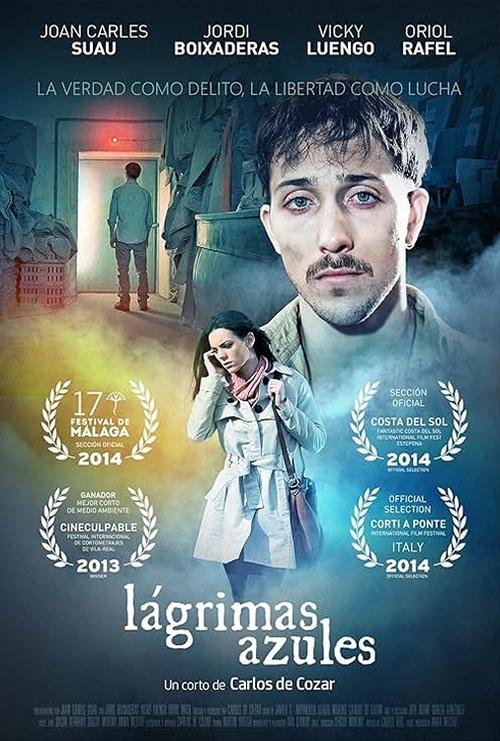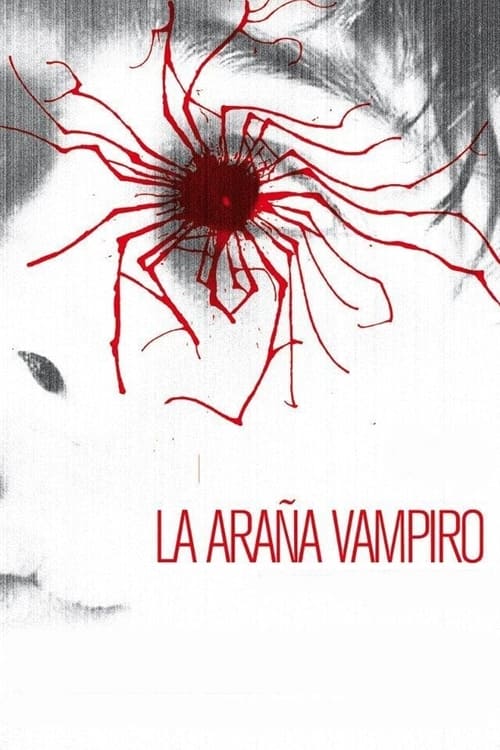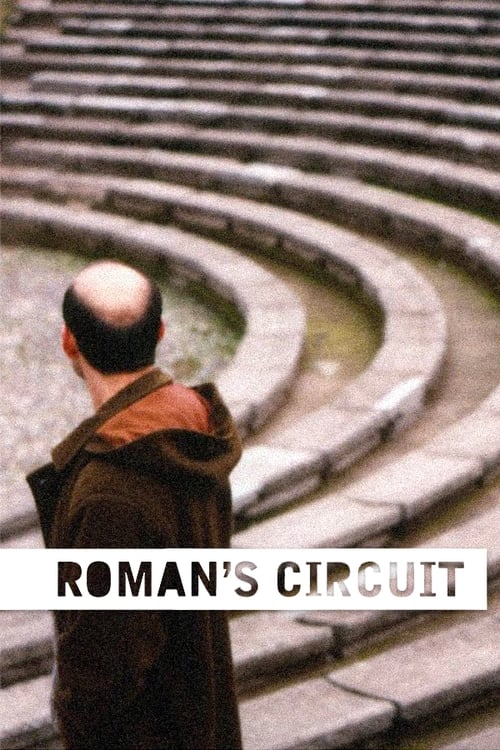
Ask Your Own Question
What is the plot?
What is the ending?
In the ending of "Lágrimas azules," the main character, a young woman named Valeria, confronts her past and the emotional turmoil that has haunted her. She finds closure through a series of poignant moments that lead her to reconcile with her feelings and the people in her life. The film concludes with Valeria embracing her future, symbolizing hope and renewal.
As the final act unfolds, the scene opens with Valeria standing alone in her dimly lit apartment, the weight of her memories pressing heavily upon her. The camera captures her reflection in the mirror, revealing the tears that have stained her cheeks, a visual representation of her internal struggle. She takes a deep breath, her chest rising and falling as she steels herself for the confrontation she knows she must face.
The next scene transitions to a small café where Valeria meets her estranged father, a man whose absence has left a profound impact on her life. The atmosphere is tense, filled with unspoken words and unresolved emotions. As they sit across from each other, the silence is palpable, broken only by the clinking of cups and the distant chatter of other patrons. Valeria's heart races; she feels a mix of anger and longing. Her father, visibly aged and remorseful, struggles to find the right words.
In a moment of vulnerability, Valeria finally speaks, her voice trembling as she expresses the pain of abandonment she has carried for years. Her father listens, his eyes filled with regret, and he attempts to explain his choices, revealing the struggles that led to their separation. The scene is charged with emotion, as Valeria's anger begins to soften, replaced by a flicker of understanding.
The next pivotal moment occurs when Valeria visits the grave of her mother, a place she has avoided for too long. The cemetery is serene, with the sun casting a warm glow over the headstones. Kneeling before her mother's grave, Valeria allows herself to grieve fully for the first time. She speaks to her mother, sharing her fears, her dreams, and the burden of guilt she has carried. Tears stream down her face as she lays a bouquet of blue flowers at the grave, symbolizing her love and the tears she has shed.
In the final scenes, Valeria is seen walking through a vibrant park, the colors of spring bursting around her. She smiles for the first time, a genuine expression of hope and renewal. The camera captures her as she interacts with children playing, their laughter echoing in the background. This moment signifies her acceptance of the past and her readiness to embrace the future.
The film concludes with Valeria standing at the edge of a lake, the water reflecting the clear blue sky. She takes a deep breath, feeling a sense of liberation. The final shot lingers on her face, a mixture of determination and peace, as she steps forward into the sunlight, leaving behind the shadows of her past.
In summary, Valeria finds closure with her father, reconciles with her mother's memory, and ultimately embraces a hopeful future, symbolizing the film's themes of healing and the importance of confronting one's past. Each character's journey culminates in a moment of realization and acceptance, highlighting the emotional weight of their experiences and the possibility of renewal.
Is there a post-credit scene?
In the movie "Lágrimas azules," there is no post-credit scene. The film concludes its narrative without any additional scenes after the credits roll, leaving the audience with the emotional weight of the story and the resolution of the characters' arcs. The focus remains on the themes of love, loss, and the complexities of human relationships that are explored throughout the film.
How does the setting influence the mood and tone of the film?
The setting plays a crucial role in establishing the film's mood and tone. The contrasting environments of Laura's bustling city life and the quiet, haunting landscapes of her childhood home create a palpable sense of nostalgia and melancholy. The cinematography captures the beauty and desolation of these locations, mirroring Laura's internal struggles and enhancing the emotional weight of her journey.
What role does the character of Miguel play in Laura's journey?
Miguel serves as both a confidant and a catalyst for Laura's transformation. He represents a sense of stability and support in her tumultuous life. As Laura grapples with her emotions, Miguel encourages her to face her fears and confront her past. His unwavering presence helps her to navigate her internal struggles, ultimately guiding her towards healing.
What motivates the main character, Laura, to confront her past?
Laura is driven by a deep sense of unresolved grief and guilt stemming from her childhood experiences. As she navigates her adult life, she is haunted by memories of her family and the trauma that shaped her. Her journey to confront her past is fueled by a desire for closure and understanding, pushing her to seek out the truth about her family's history.
How does the relationship between Laura and her estranged father evolve throughout the film?
Initially, Laura's relationship with her father is strained and filled with resentment due to his abandonment during her childhood. As the story unfolds, Laura's quest for answers leads her to reconnect with him. Their interactions are fraught with tension, but as they share their perspectives and confront their shared pain, a fragile bond begins to form, revealing layers of forgiveness and understanding.
What significant event triggers Laura's memories of her childhood?
The significant event that triggers Laura's memories is the discovery of an old family photo album while cleaning out her late mother's belongings. The images evoke a flood of emotions and memories, prompting her to reflect on her childhood and the unresolved issues surrounding her family. This moment acts as a catalyst for her journey into the past, compelling her to seek answers.
Is this family friendly?
"Lágrimas azules," produced in 2014, contains several themes and scenes that may not be suitable for children or sensitive viewers. Here are some potentially objectionable or upsetting aspects:
-
Emotional Turmoil: The film delves into deep emotional struggles, including themes of loss, grief, and betrayal, which may be intense for younger audiences.
-
Family Conflict: There are scenes depicting significant family discord, including arguments and confrontations that could be distressing.
-
Depictions of Suffering: Characters experience various forms of suffering, both physical and emotional, which may be upsetting to some viewers.
-
Substance Abuse: There are references to substance abuse that could be concerning for younger viewers or those sensitive to such topics.
-
Intense Relationships: The film explores complex relationships that may involve manipulation and emotional distress, which could be difficult for children to understand.
These elements contribute to a narrative that is more suited for mature audiences, as they explore the darker aspects of human experience and relationships.
























